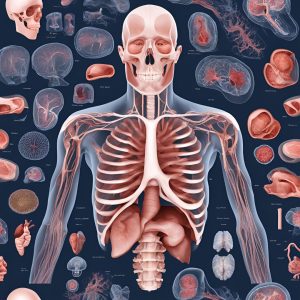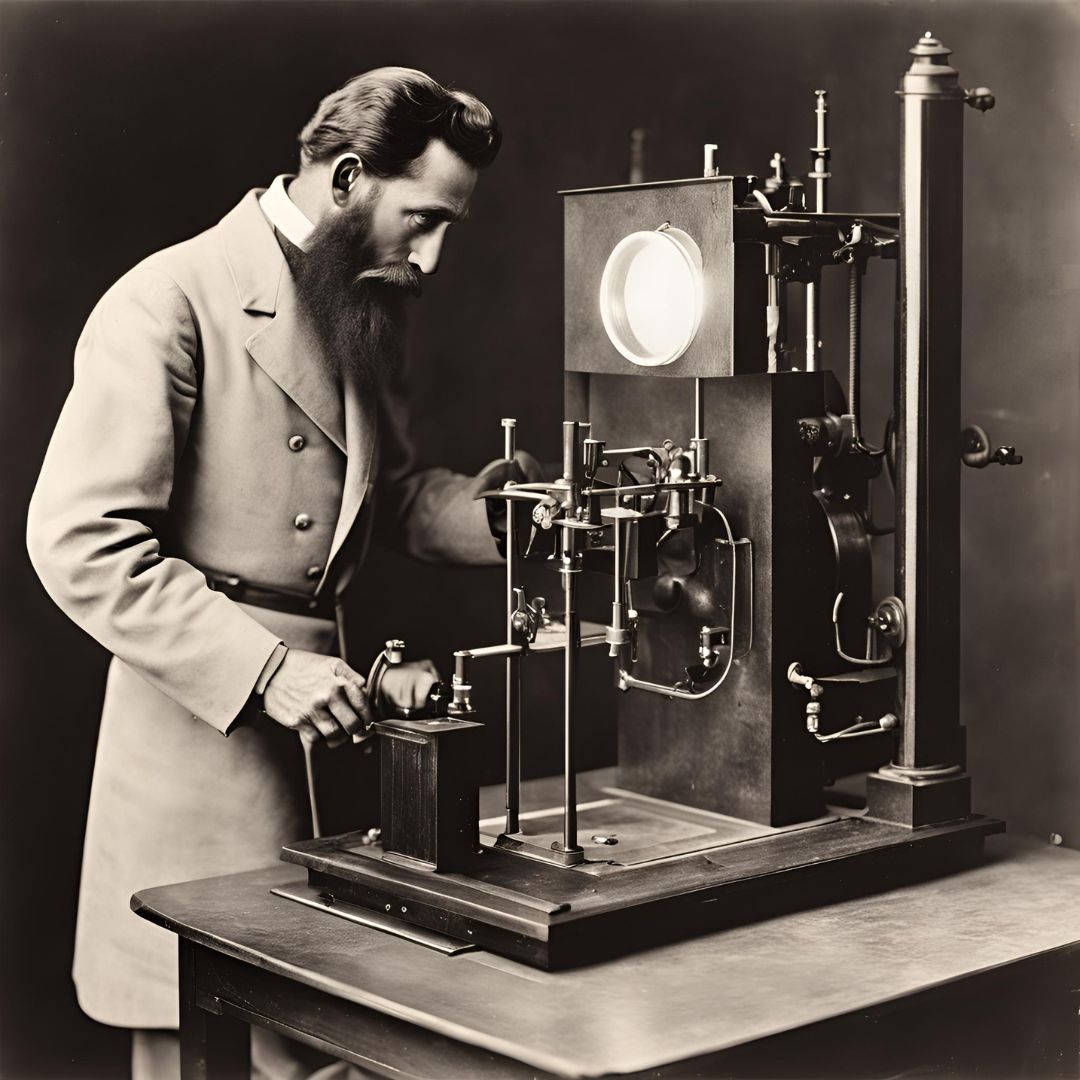Tissue Engineering: The Future of Regenerative Medicine
Imagine a world where we can rebuild damaged organs and tissues, not with metal or synthetic implants, but with living cells that function just like the originals. This is the vision behind tissue engineering—a revolutionary field that merges biology, engineering, and materials science to regenerate and repair the human body.
As a biomedical engineer, I find tissue engineering thrilling because it holds immense potential for the future of medicine. The promise of tissue engineering goes beyond treating symptoms; it aims to actually heal the body by replacing or regenerating damaged tissues with healthy ones grown from the patient’s own cells.

What Is Tissue Engineering?
Tissue engineering is all about creating new, functional tissues that can be used to repair or replace damaged ones in the body. This involves using living cells—often taken from the patient themselves—and growing them on specially designed scaffolds. These scaffolds guide the cells as they form into tissues like skin, cartilage, or even entire organs. Once these tissues are developed, they can be transplanted back into the patient.
The key idea here is regeneration. Instead of using artificial materials, tissue engineering develops natural solutions that seamlessly integrate with biological processes. As a result, this approach enhances compatibility and improves treatment outcomes..
How Does Tissue Engineering Work?
At its core, tissue engineering is a step-by-step process:
- Cell Collection: First, we collect cells from the patient or a donor. These could be stem cells, which have the ability to develop into different types of tissues, or specific cells like skin or muscle cells.
- Scaffold Creation: Next, we build a scaffold—usually made of biodegradable materials—that mimics the structure of the tissue we want to grow. This scaffold gives the cells a framework to attach to and grow on.
- Tissue Growth: The cells are placed onto the scaffold in a controlled environment, often inside a bioreactor. Over time, they multiply and begin to form new tissues, closely resembling the natural ones.
- Transplantation: Once the tissue is fully developed, it can be transplanted back into the patient’s body to repair or replace the damaged tissue.

Applications of Tissue Engineering
The applications of tissue engineering are vast and growing. Some of the most exciting possibilities include:
- Skin Grafts for Burn Victims: Tissue-engineered skin is already being used to help people with severe burns. This can reduce the need for painful skin grafts and speed up healing.
- Cartilage Regeneration: Athletes and individuals with joint damage are benefiting from engineered cartilage that can restore mobility and reduce pain.
- Organ Replacement: Though still in development, scientists are working towards growing entire organs like kidneys, hearts, and livers. This could one day eliminate the need for organ transplants and the long waitlists that come with them.
- Tissue Patches for Heart Disease: After a heart attack, damaged heart tissue often doesn’t heal well on its own. Tissue-engineered patches are being developed to help regenerate this damaged tissue and improve heart function.
Challenges and the Road Ahead
While tissue engineering holds enormous potential, there are still challenges to overcome. One of the main hurdles is scaling up the technology—growing larger tissues or complex organs like the heart or liver requires incredibly precise conditions. There’s also the challenge of ensuring that these tissues function exactly as they should once they’re inside the body.
However, every year brings us closer to solving these problems. Advances in 3D bioprinting, where cells are printed layer by layer to form tissues, are helping to push the boundaries of what’s possible. Similarly, breakthroughs in stem cell research are giving us new ways to grow and differentiate cells into specific tissue types.

The Future of Medicine
The future of regenerative medicine lies in tissue engineering. It’s a field that has the potential to completely change how we approach diseases and injuries.
Instead of relying on artificial implants or medications, we could see a future where the body’s own tissues heal and restore itself.






